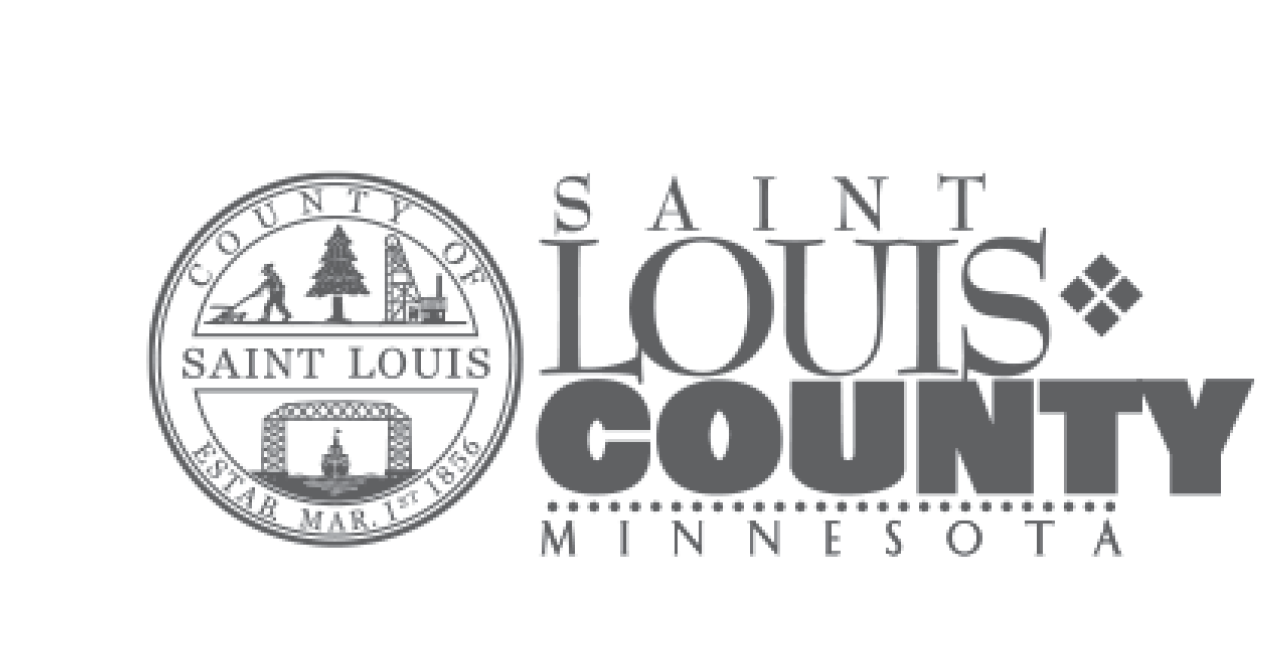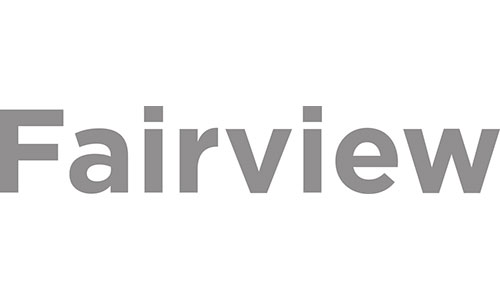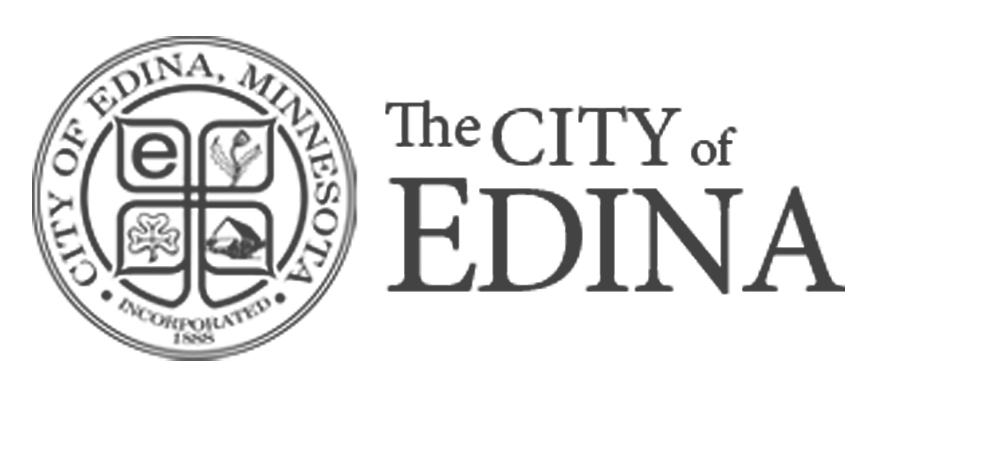Stories come in all shapes and sizes these days: movies, books, podcasts, video games, Instagram posts. A story is more than a well-worded tweet or a 300-page book. It’s something that pulls you in and makes you care. It’s crazy powerful stuff, and it may just be the ingredient your brand is missing.
The Power of a Story
Top-notch storytelling can make us root for the unexpected. Take Sherlock Holmes. In the hands of anyone but Arthur Doyle, we’d find the famous detective irritating and pompous. But because he is a stupendous problem solver, we are amazed by his gifts and attention to detail. Doyle turns his flaws into a personality that feels real. That’s a very hard thing to accomplish in this day and age when everyone and their dog is trying to be “authentic.” It’s something you can’t try at, you can only take a step back, pinpoint your story, and broadcast it.
How do you pinpoint your story, though? Let’s take a step back.
Pinpoint Your Story
Like Holmes, what is the talent you bring to the table? How did you get that talent? How can it help your audience on their journey?
You need three things to tell a good story: a problem, a journey, and a resolution.
1. Problem
Typically, great stories don’t arise from everything always going great. There’s always a tipping point, a wrench thrown in, a problem. Now apply this to your brand. You offer a service that helps when people have a conflict.
What problem does your audience face? Write it down below.
|
|
2. Journey
Usually the meat of the story is the hero’s journey. For your brand, this means what do you help your client accomplish? What are the small ways you make their life better? Why do you help them? Remember, your customer is always the hero. You are the sidekick. No matter what your brand persona is, you assist. Your client gets credit. They chose you, they reap the rewards.
What is your brand journey?
|
|
3. Resolution
The resolution is your client’s happy ending. They’ve accomplished their goal and can now go on to solve a new one. You’ve helped them do it. Now it’s time to look at what you accomplished?
What is your resolution?
|
|
A Brand Story Example
This is what happens when we apply this theory to Creative Arcade.
A Happy Accident
On the surface Creative Arcade is just another creative studio. But, wait. Our story is a lot more unusual. We’re kind of a happy accident.
Our co-founder Phil just meant to pick up a little side work for fun. That fun turned into more and more fun. Until the fun and the work were competing for his time.
Our founder’s problem?
| Phil needed to choose between fun and work. |
What was Phil’s journey?
| Guess what? Phil chose fun over work. Aka: fun became his full-time work. An old colleague, Jeff, wanted to play, too. Together, they built a marketing studio powered by play. Creative Arcade was llc’d. Clients took notice of the playfully minded marketing studio. We solved marketing puzzles, and more importantly, we didn’t play games with their budgets or time. We came, we played, we conquered. All the while enjoying ourselves throughout the process. |
What was the conclusion?
| Phil continues playing hard and working even harder to help clients. One of these days, Nike will give us a call. |
So that’s our story. What’s yours?
{{cta(’24deb4c2-758c-4f24-bc12-b3662d94b375′)}}
Related Podcast Episodes



